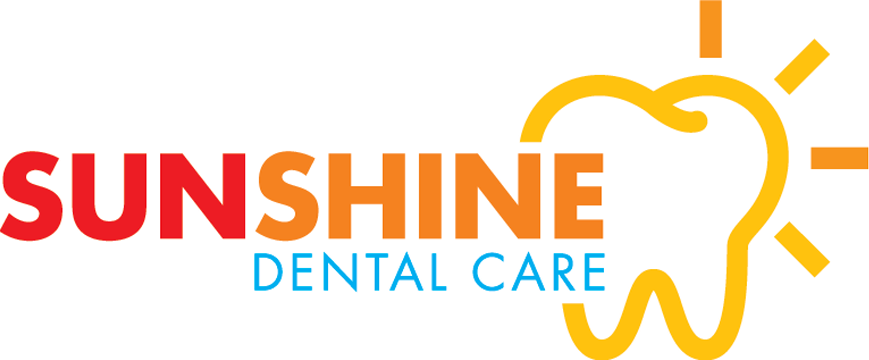What are dental exams?
Regular dental exams are an important part of preventive health care. During a dental exam, the dentist or hygienist will clean your teeth and check for cavities and gum disease. The dentist or hygienist will also evaluate your risk of developing other oral health problems, as well as check your face, neck and mouth for abnormalities. A dental exam might also include dental X-rays (radiographs) or other diagnostic procedures.
Why are dental exams done?
Even if you take excellent care of your teeth and gums at home, you still need to see a dentist regularly. Your dentist can check for problems that you may not see or feel. Many dental problems don’t become visible or cause pain until they are in more advanced stages. Examples include cavities, gum disease and oral cancer. Regular visits allow your dentist to find early signs of disease. Problems can be treated at a manageable stage.
On average, seeing a dentist twice a year works well for many people. Some can get away with fewer visits. Others may need more frequent visits. People with very little risk of cavities or gum disease can do fine seeing their dentist just once a year. People with a high risk of dental disease might need to visit every three or four months, or more. This high-risk group includes:
- Smokers
- Pregnant women
- Diabetics
- People with current gum disease
- People with a weak immune response to bacterial infection
- People who tend to get cavities or build up plaque
The schedule for any person may change during a lifetime. In times of stress or illness, you may need to see the dentist more often than usual. The dentist may help you to fight off a temporary infection or treat changes in your mouth.
If you take good care of your teeth and gums at home and your dentist doesn’t find any cavities or gum disease for a few years, he or she may choose to lengthen the time between visits.
What can I expect in a dental exam?
During a dental exam, the dentist will:
- Evaluate your overall health and oral hygiene
- Evaluate your risk of tooth decay, root decay, and gum or bone disease
- Evaluate your need for tooth restoration or tooth replacement
- Check your bite and jaw for problems
- Remove any stains or deposits on your teeth
- Demonstrate proper cleaning techniques for your teeth or dentures
- Assess your need for fluoride
- Take dental X-rays or, if necessary, do other diagnostic procedures
During a dental exam, your dentist will also ask about any health problems you have or medications you’re taking and discuss how they might affect your oral health.
The American Dental Association recommends that adults schedule regular dental exams at intervals determined by a dentist. During a dental exam, the dentist will likely discuss your diet and oral hygiene habits and might demonstrate proper brushing and flossing techniques. Other topics for discussion might include lifestyle factors that can affect oral health and possible cosmetic improvements to your teeth.
Even if you no longer have your natural teeth, it’s important to consult your dentist for regular dental exams to maintain your oral health and the usefulness of your replacement teeth.
Dental exams might also include counseling about diet, use of tobacco products and other lifestyle factors that can affect oral health.
Dental X-ray
A dental X-ray allows the dentist to see detailed images of your mouth. Various types of dental X-rays are available, including:
- This type of X-ray allows the dentist to see the crowns and in between the upper and lower teeth. During a bitewing, X-ray, you’ll bite down on the X-ray film holder while the X-ray images are being taken.
- This type of X-ray allows the dentist to see the entire tooth and the surrounding bone.
- This type of X-ray allows the dentist to see the way the upper teeth and corresponding lower teeth fit together when the jaw is closed.
- This type of X-ray gives the dentist a broad view of the entire mouth.
- Cone beam computerized tomography.This type of X-ray provides a 3-D view so that the dentist can better gauge the spacing of teeth and adjacent structures.
X-rays aren’t typically needed at every dental visit. Radiation exposure from dental X-rays is low, but talk to your dentist if you’re concerned about radiation exposure.
Oral cancer exam
During your dental exam, your dentist will look for signs of oral cancer. He or she will feel the area under your jaw, the sides of your neck, and the insides of your lips and cheeks, as well as examine the sides of your tongue and the roof and floor of your mouth.
Dental impression
In some cases, the dentist might recommend making a dental impression of one or both jaws to produce a replica of your teeth and oral tissue. This can help the dentist evaluate your bite or make a mouth guard, nightguard, sports guard or bleaching trays.
The dentist will fill horseshoe-shaped trays with a soft, gelatin-like material and place them over your upper or lower teeth. After a few minutes, the trays are removed and used to create a dental cast of your mouth. The dentist might also have you bite down on a soft material to record and evaluate your bite.

